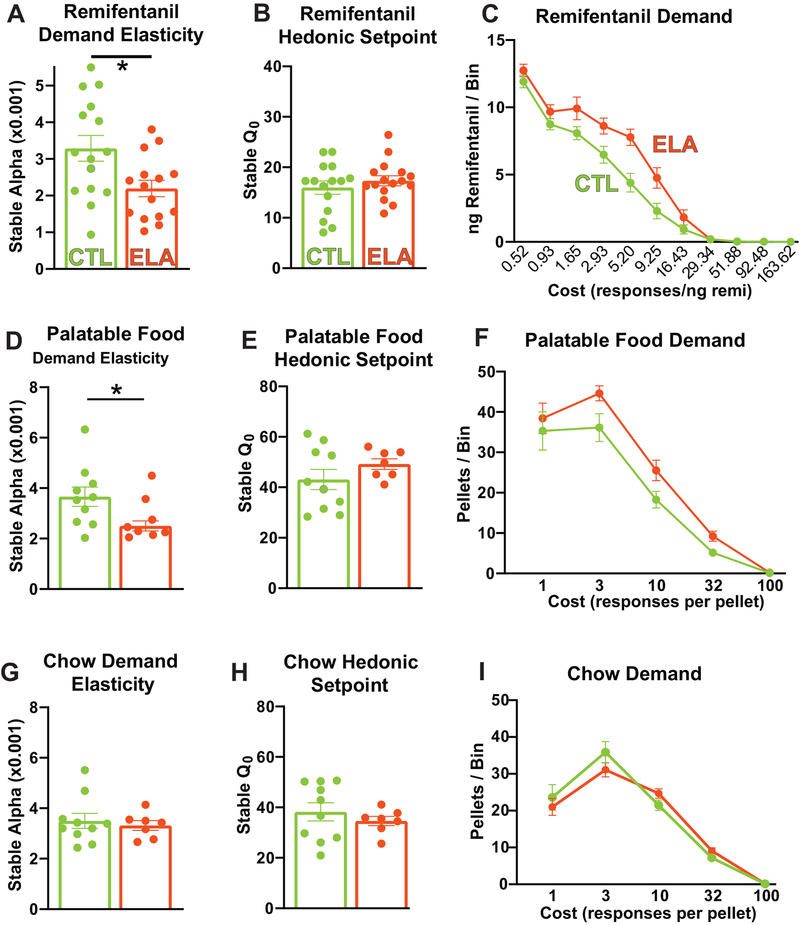Figure 2: Early-Life Adversity Increases Demand for Opioids and Highly Palatable Food:
(A) ELA-reared rats had a decreased sensitivity to cost, or an ‘inelastic’ demand, for remifentanil compared to controls (t28=2.630; P=0.0137). (B) However, no changes were observed in the intake of remifentanil by the ELA group when the drug was essentially “free”, measured as the hedonic set-point, or Q0 (t28=0.8159; P=0.4215). (C) Average (±SEM) drug intake at each effort step is depicted. (D) ELA rats were willing to pay a significantly higher price (effort) for a highly palatable food, indicating decreased demand elasticity, or α (t15=2.341, P=0.0334), whereas (E) consumption at low effort (Q0) did not differ between ELA and CTL rats (t15=1.199, P=0.2490). (F) Average palatable food intake at each effort step is depicted. (G) In contrast to palatable food, no difference was seen in demand elasticity (α) between ELA and CTL rats for chow pellets (t15=0.4619, P=0.6508), and (H) Consumption at low effort (Q0) also did not differ between ELA and CTLs (t15=0.7922, P=0.4406). (I) Average chow pellet intake at each effort step is depicted. Circles within each bar represent individual animals in CTL (green) and ELA (orange) groups. *p<0.05.

